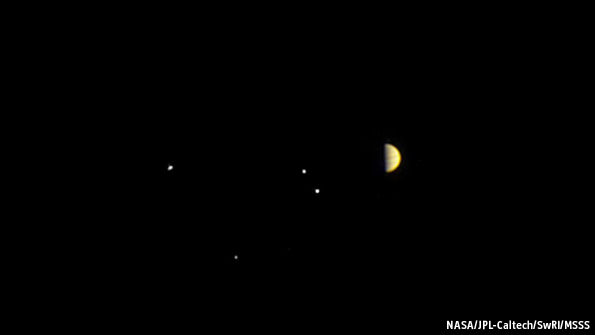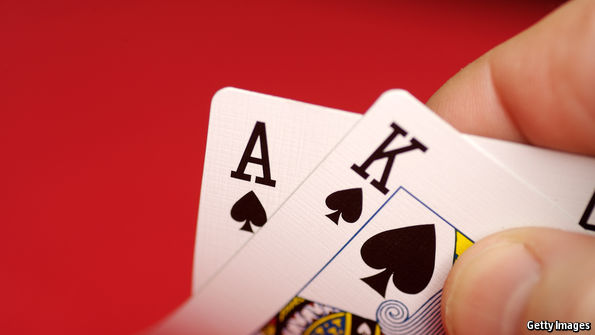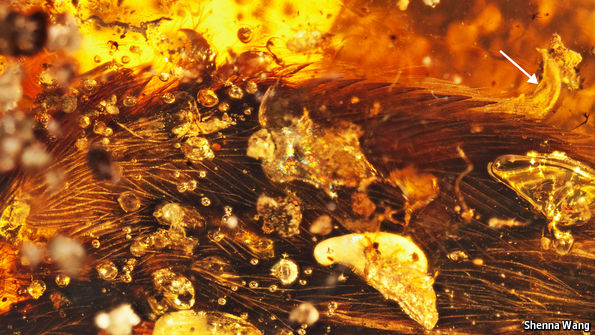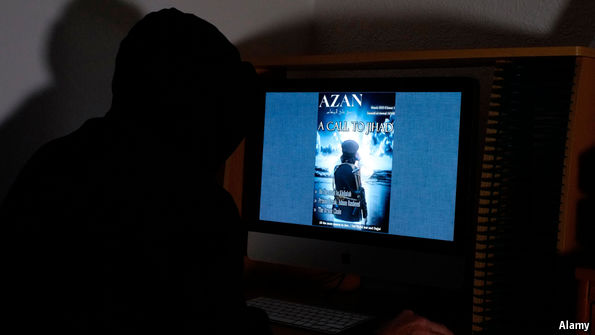Sisyphus’s train set
 Ready to rock and roll
Ready to rock and rollTHE easiest way to squirrel electricity away in times of plenty, for use when it is scarce, is to pump water uphill with it. Such pumped storage is widely employed where local geography and hydrology permit, but it does need two basins, at different heights, to act as reservoirs, and a supply of water to fill them. At least one of the basins is likely to have to be artificial. The two must be connected by a tunnel that lets water flow between them. And the tunnel must house turbines attached to electrical devices that can do double duty—as motors to turn the turbine blades when they are pushing water from the lower reservoir to the upper one, and as generators when the blades are rotated in the opposite direction by an aqueous downrush after the upper sluices are opened.
Where geography does not favour pumped storage, though, the search is on for alternatives. These range from giant batteries, via caverns filled with compressed air, to huge flywheels made of carbon-fibre composites. But one firm looking into the matter eschews all these. It has stuck with the logic of pumped storage, which is to move…Continue reading
Source: Economist












